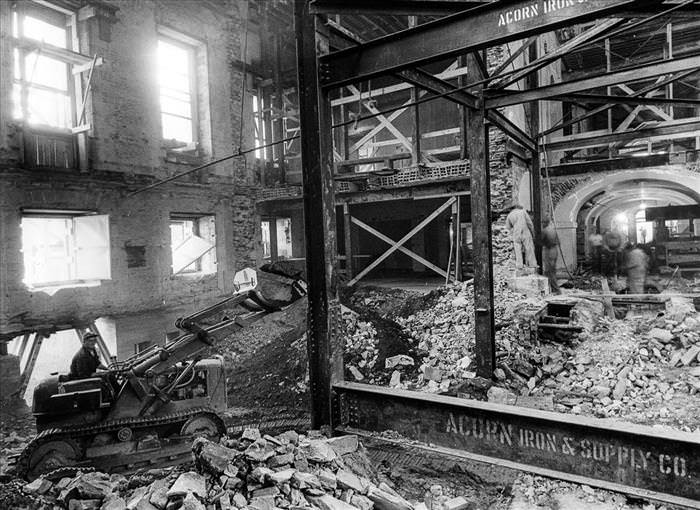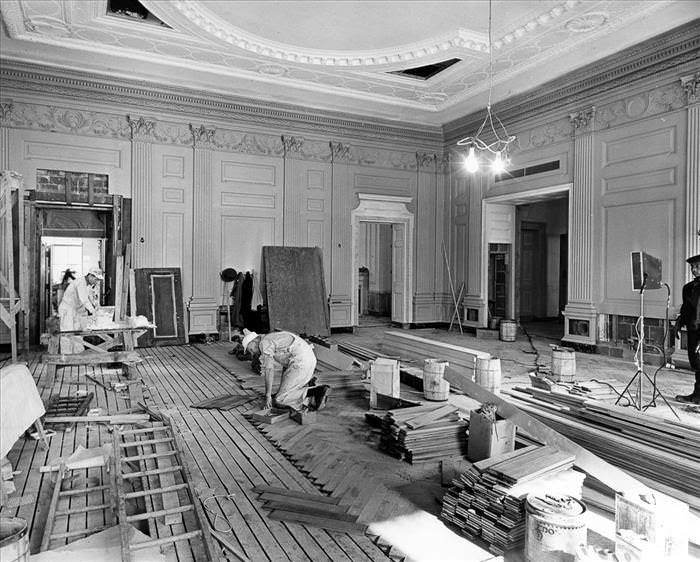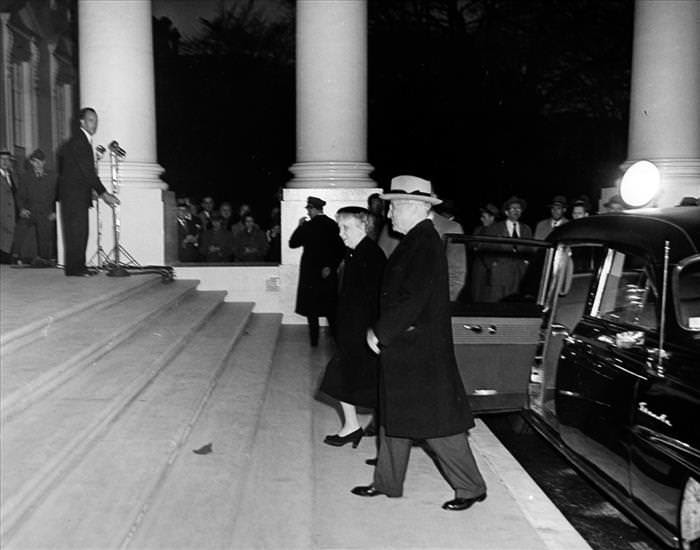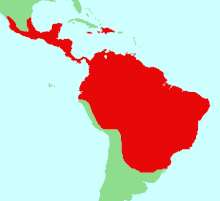| A bit of history that you may have not known about! |
The 33rd President of the United States, Harry S.
Truman, moved into the White House in 1945. To his
surprise and dismay, the house had serious problems.
Not only was it drafty and creaky, it was
downright
unsafe.
Chandeliers in the house were observed swaying for no
apparent reason, and floors moved underneath people’s feet when
stepped on.All of the above resulted in a structural
investigation being conducted
on the building, revealing haphazard retrofitting, fire hazards and a second floor that was on the verge
of collapsing. What’s
more is that the White House’s foundations were
sinking, walls were peeling
away and disused water and
gas pipes were weighing down the building and making it
unsustainable.
The situation was so bad that, in June 1948, one of
the legs ofFirst Daughter Margaret Truman’s piano
fell right
through a floorboard of her second-floor sitting
room. This event, along with others,
made the Presidential family and its aides realize that serious measures were required to save the
historic
building.
|
May 17, 1950: Bulldozers move earth around inside
the gutted shell of the White
House
|
 |
In 1949, Congress approved a $5.4 million Project to
gut the building in its entirety, replacing its
interior
while retaining its historic
facade.
Architects, engineers, and workers toiled for the
next 22 months, trying to figure out how to remove
unstable structural elements while somehow ensuring the
exterior of the building remained
intact.
All of the construction equipment used on the site
had to be carried inside in pieces, then re-assembled
before being used in order to prevent exterior damage. The
first and second floors were replaced, while several
expansions and basement levels were added, including a
bomb shelter that was capable of withstanding a nuclear
attack.
President Truman and his family returned to reside in
the White House in 1952, with a small ceremony marking the
occasion. The First Family received a gold key to its
newly-refurbished
residence.
|
January 3, 1950: A second floor
corridor.
|
 |
January 19, 1950: The East
Room.
|
 |
February 6, 1950: View from the servants' dining
room.
|
 |
February 10, 1950: Workers dismantle a
bathtub.
|
 |
February 14, 1950: Workers gut a lower
corridor.
|
 |
February 20, 1950: The Blue
Room.
|
 |
February 23, 1950: Workers remove the main
staircase.
|
 |
March 1, 1950: The east wall of the state dining
room.
|
 |
March 9, 1950: Men stand in the second floor Oval
Study above the Blue
Room.
|
 |
Unknown date in
1950.
|
 |
Unknown date in
1950.
|
 |
February 27, 1950: A crane lifts a 40-foot beam
towards a second-floor window while workers
load debris
onto a truck.
|
 |
November 6, 1950: Workers lay concrete ceilings
for basement rooms below the northeast corner
of the White
House.
|
 |
January 23, 1951: The Lincoln
Room.
|
 |
June 21, 1951: The East
Room.
|
 |
November 21, 1951: The state dining
room.
|
 |
January 4, 1952: Workers install new steps on the
South Portico.
|
 |
February 16, 1952: The South Portico with
scaffolding removed.
|
 |
July 19, 1951: Workers inside massive ventilation
ducts in the basement of the White
House.
|
 |
December 4, 1951: A third floor
corridor.
|
 |
January 23, 1952: The state dining
room.
|
 |
March 24, 1952: Library of Congress employees
place books on the shelves of the West Sitting
Room.
|
 |
March 27, 1952: President Harry S. Truman and
First Lady Bess Truman return to the White
House after the
renovation.
|
 |
All Images are Copyright © The National Archives.
Content Source:
Mashable
|
For the complete history of the White House, please visit:
https://en.wikipedia.org/wiki/White_House



























